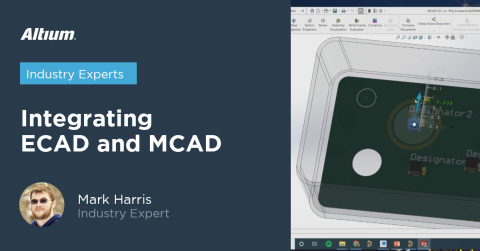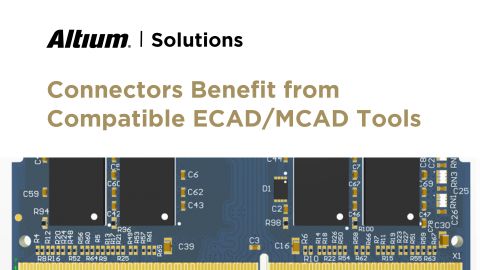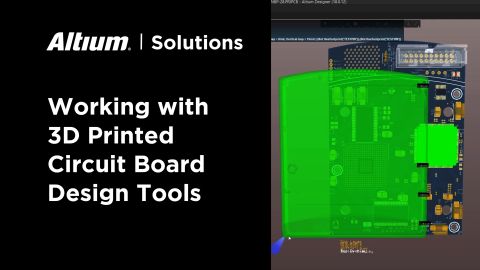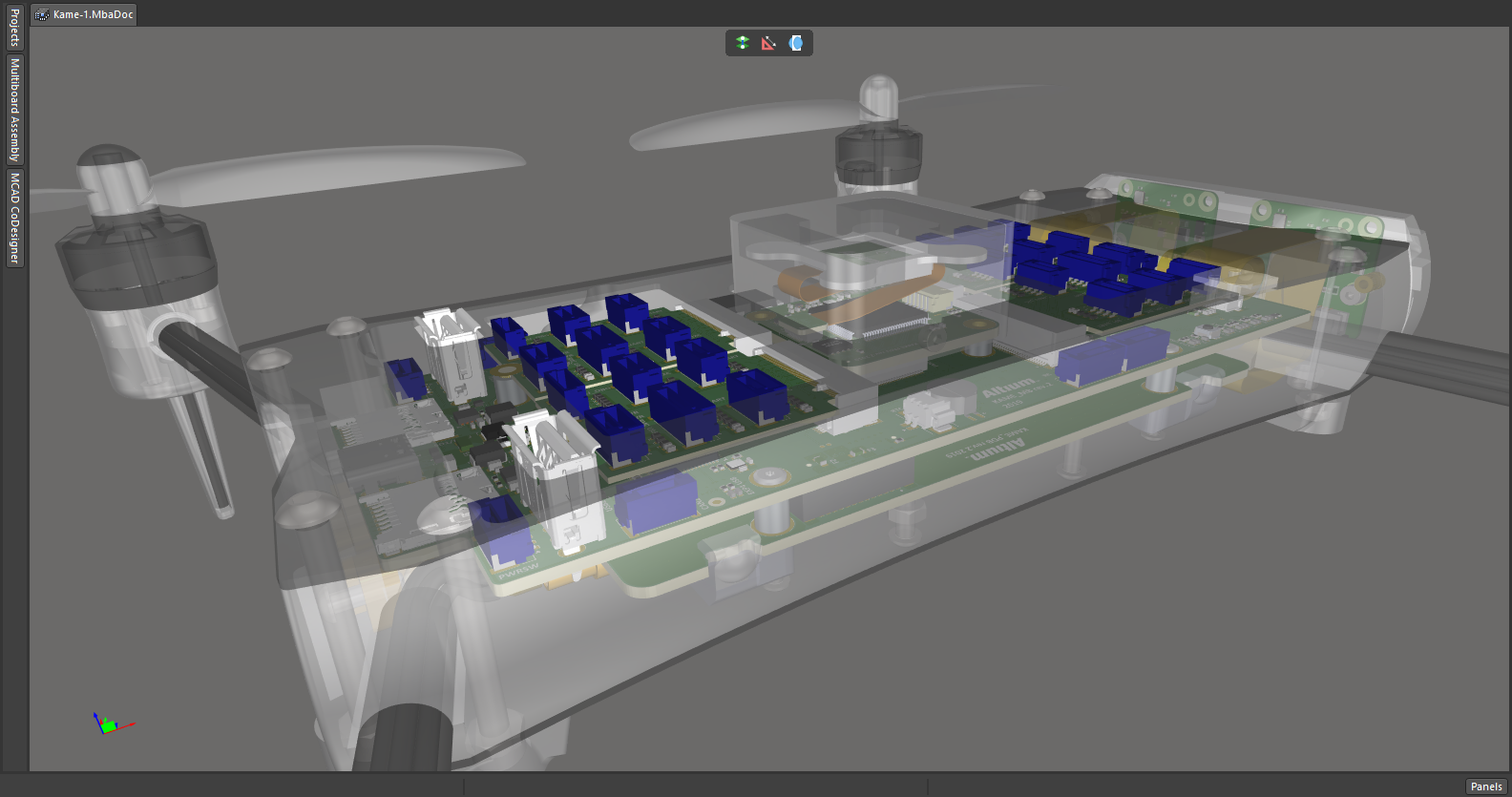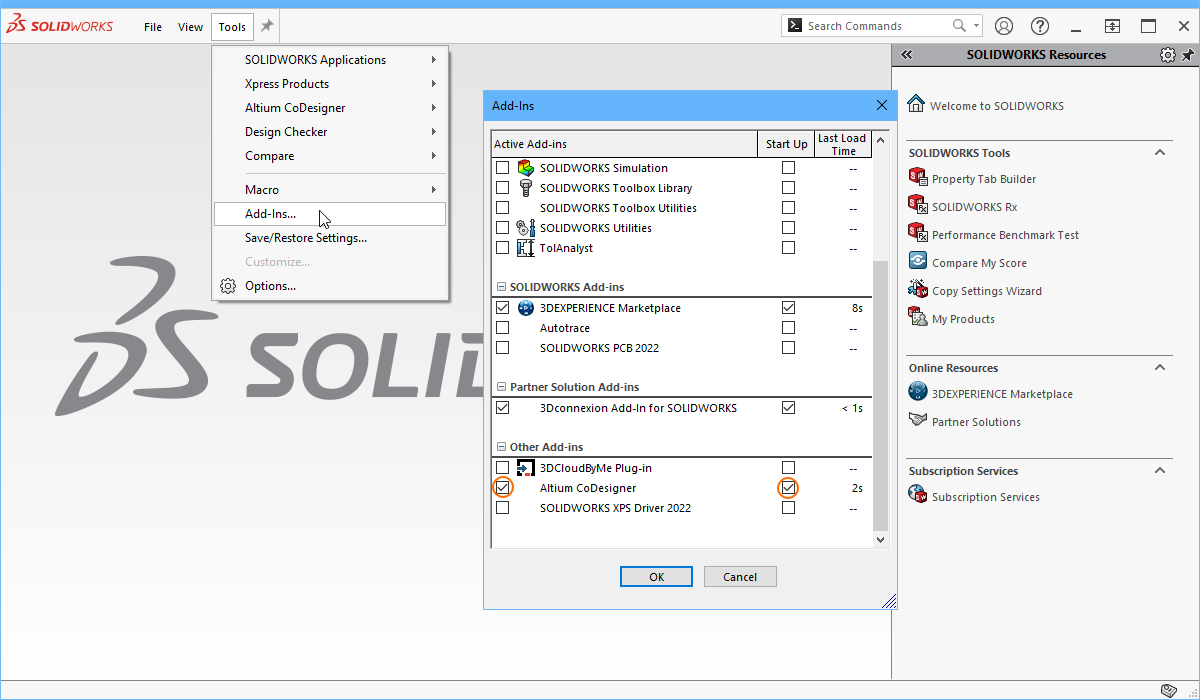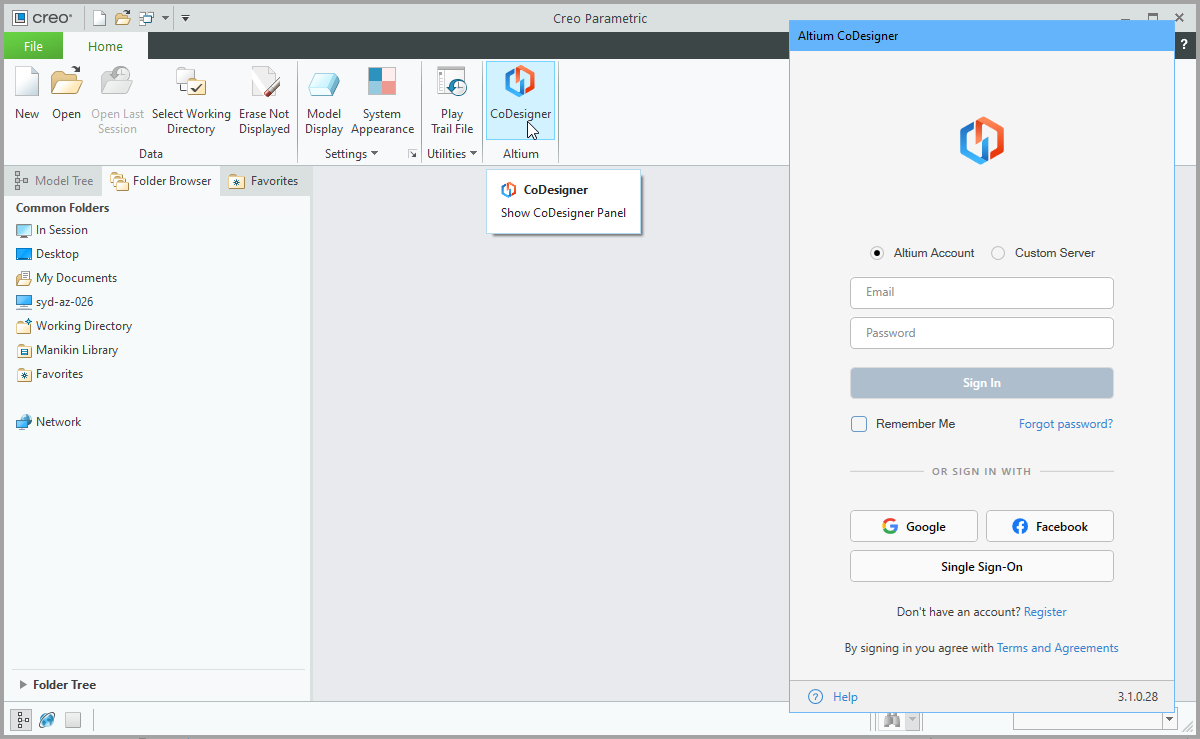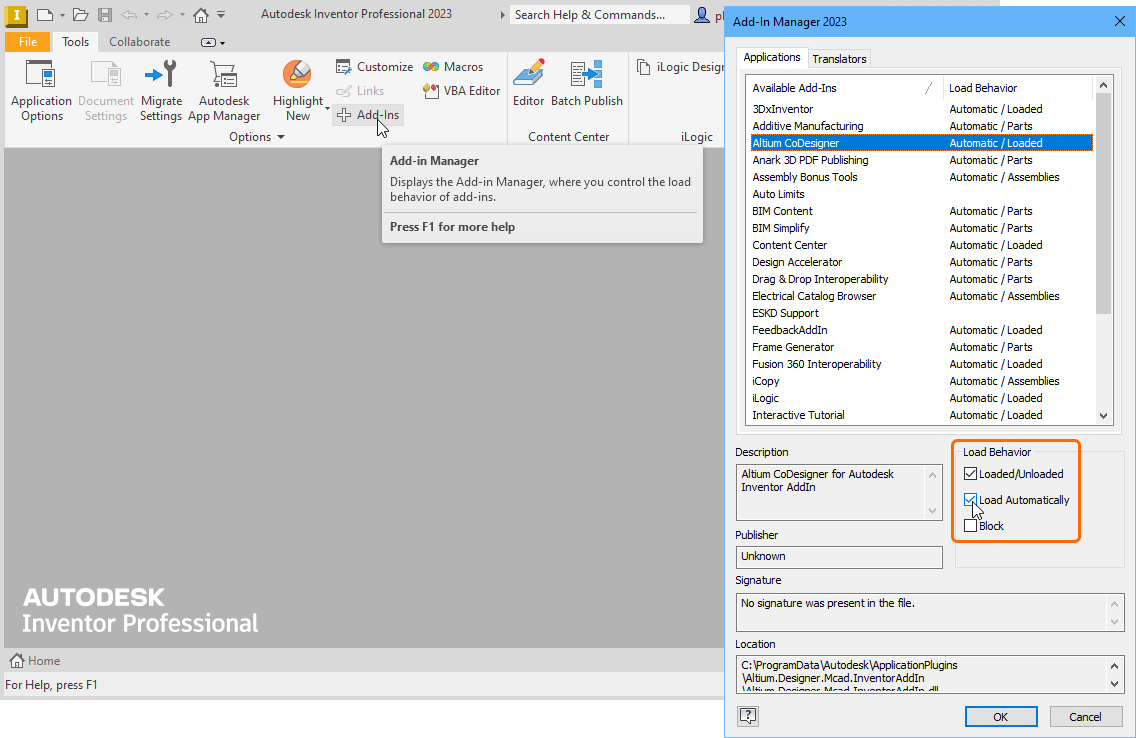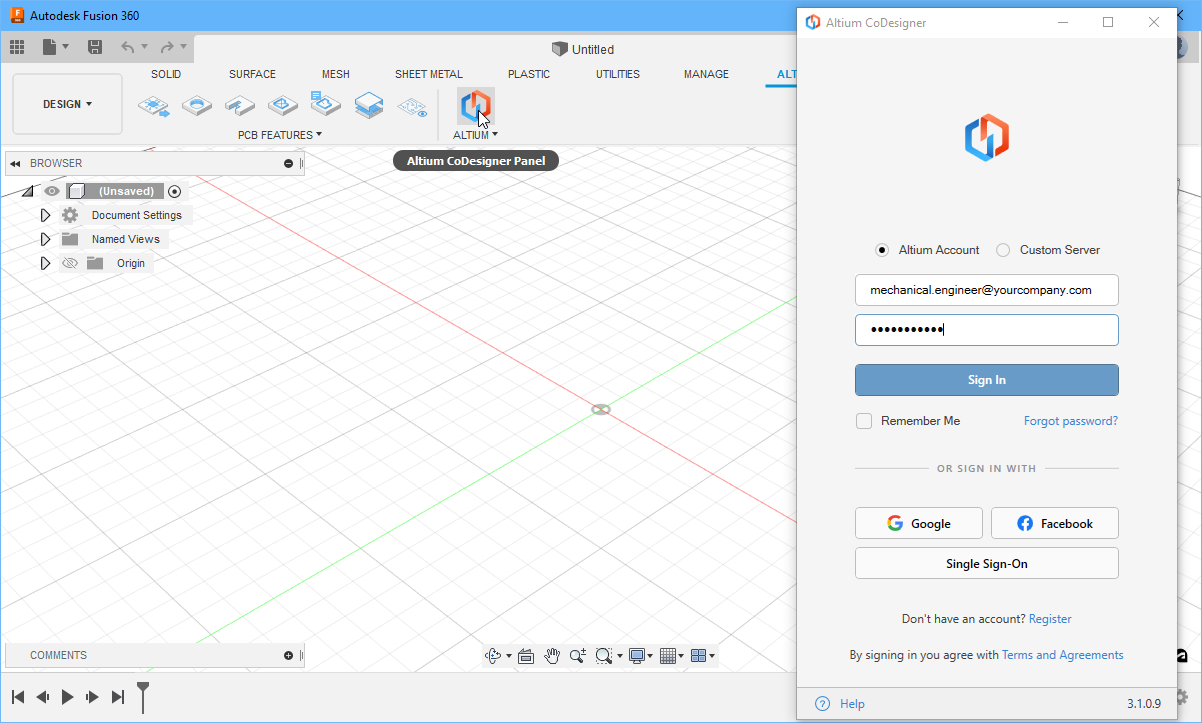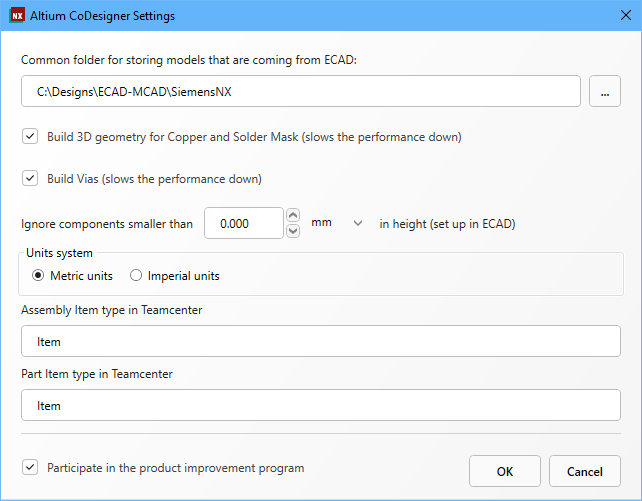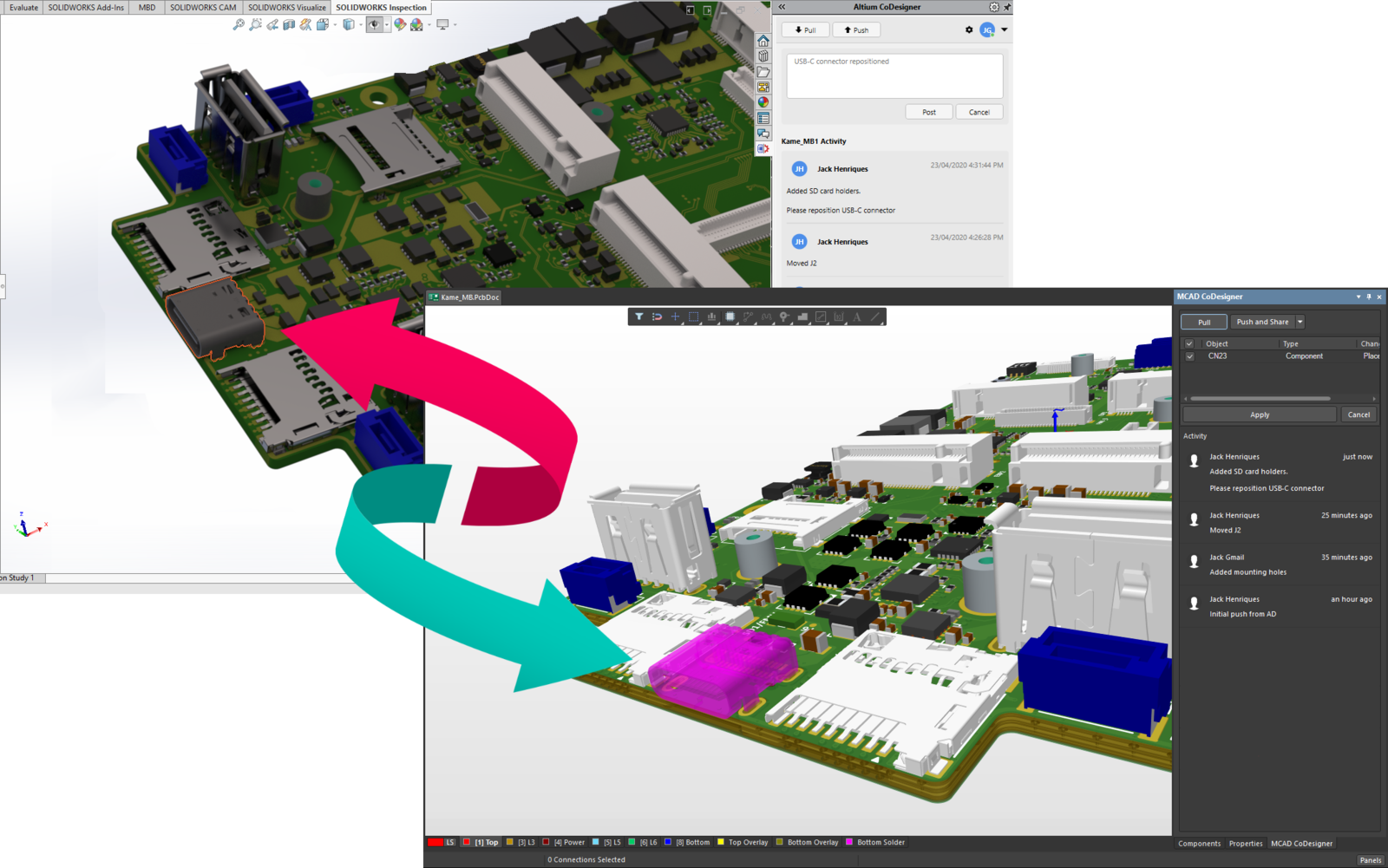Sometimes, You Can't Do it Alone
Table of Contents
When it comes to design, most engineers do it alone. It's not that engineers are anti-social. That's a played out trope. It has more to do with the reality engineers can split up design work into independent finite chunks of work.
Board development work, however, is changing. There more and more use cases where an engineer can't do their tasks in isolation. In this post, we'll explore a couple of those scenarios, look at the implications of using file-based ECAD tools, and compare that with connected ECAD tools.
Multi-Board Systems
One case where engineers can't design alone is multi-board systems. Sure, you can partition the system up into different boards. Different engineers can design those boards separately. There is a need to perform cross board checks. Signal integrity and power integrity, for example, must be verified across all the boards in the system. Engineers working on different boards in the same multi-board system must coordinate their work.
In a file-based ECAD tool, this is a challenge. You can partition out each of the individual boards as separate files and send them to each engineer. After that, however, you better hope there aren't changes that span the system. That requires coordinating a design change across those files. You can do that centrally and redistribute the files, introducing new challenges of managing revisions to files. Alternatively, you can manually coordinate the modification, likely introducing human error along the way.
In a connected ECAD tool, such as those powered by the cloud, engineers working on different boards in the same system are basically looking at the same model. When an engineer changes one of the boards in the system, the other engineer can see it. Notifications may be required, but fundamentally, everyone is looking at the same definition of the multi-board system.
Collaborative Design
Let's be honest: there are companies developing some ridiculously complex boards out there. In some industries, such as aerospace and defense, a single board might be 3 meters in diameter. It might be crazy. However, the requirements and constraints call for that kind of design solution.
So is one engineer going to design that entire board alone? Under today's schedules? No way. A team of engineers needs to work collaboratively to get the board completed on time. This use case is similar to the multi-board system; only it is more acute. Engineers must run checks like signal integrity and power integrity on such a board.
With file-based ECAD tools, there are several problems. Technically, many engineers could open the same file. Each engineer could design their section of the board. But note that none of the engineers would see each other's changes. They would only see their own. As each one saved, they would overwrite each other's work, leaving only one section, their section, complete. Obviously, that's a problem.
Another issue lies in running checks on such a large board. A 3-meter wide board would have a very complex net. Running design rule checks would make many tools unresponsive. Such lag makes these kinds of tools a poor fit for this kind of job.
How are connected ECAD tools different? Well, engineers can work on different sections of the board simultaneously. These solutions track and save changes from multiple engineers almost in real-time. So not only is all of their work saved, they can see each other's work in real-time. That allows them to identify conflicting issues very early, allowing them to resolve them just as quickly.
Cloud-based solutions have a particular advantage when running design rule checks on large boards. They have expandable compute resources, meaning they can run such checks, adding more cores to the job as necessary, in the background and stay responsive.
Recap
Due to a range of circumstances, engineers are designing larger boards, rigid-flex systems, and multi-board systems. Engineers need to collaborate more to verify and validate performance. File-based ECAD tools fall short in terms of collaboration and running rule checks on large nets. Connected ECAD tools, however, offer engineers better collaboration capabilities and more compute resources for complex design rule checks.


